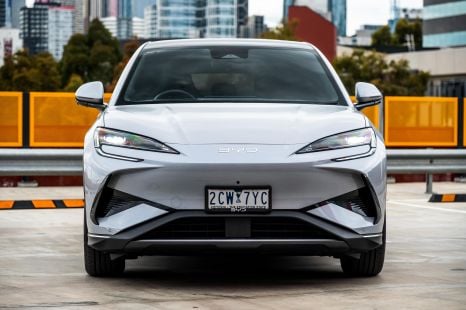

James Wong
2026 BYD Sealion 7 review
3 Hours Ago

Senior Contributor
We’ve seen official teasers, and even a few unintentional leaks, but here’s the second-generation BMW M2 in all its official glory.
Pilfering powertrain and chassis tech from the bigger and more expensive M3 and M4, the new M2 launches globally in April 2023, and will roll into BMW Australia showrooms soon after.
Designed to, in BMW’s words, “encapsulate the pure joy of driving”, the new M2 offers all the ingredients: there’s an inline six, a manual gearbox option, and rear-wheel drive.
Click here to read the Australian price and specs story for the M2, due to arrive in Q2 of 2023 from $119,900 before on-road costs.
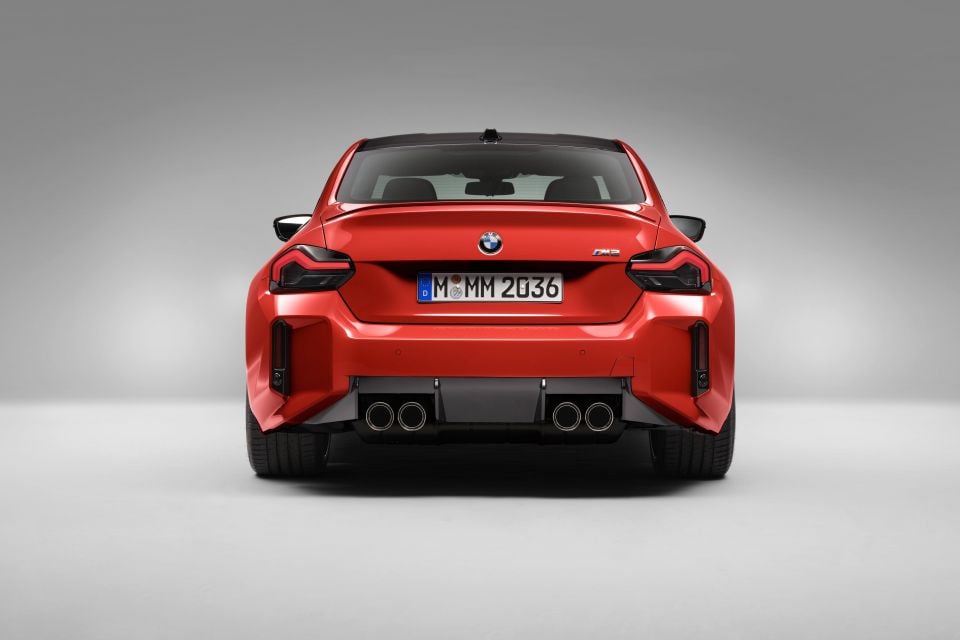
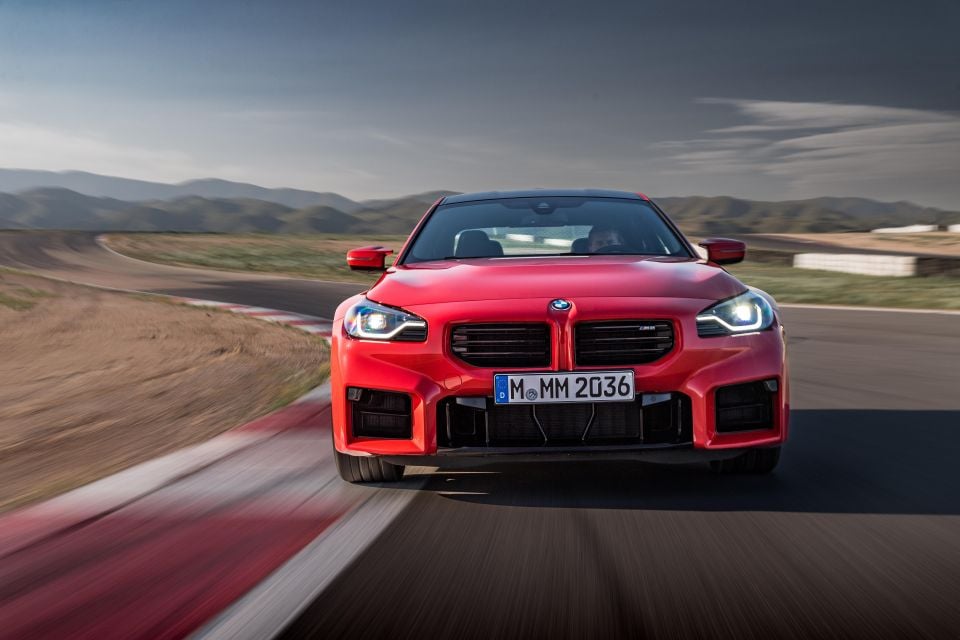
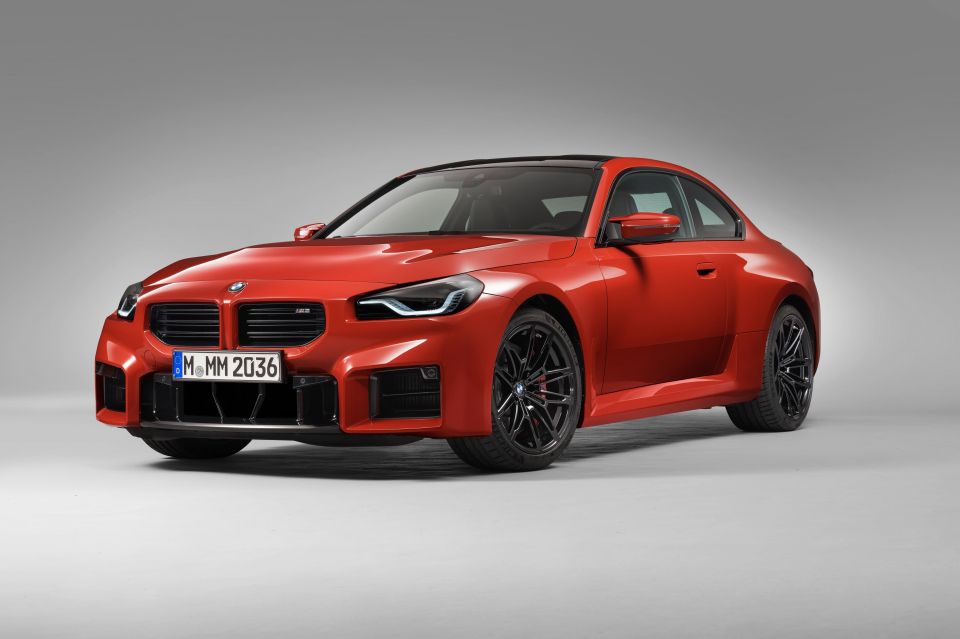
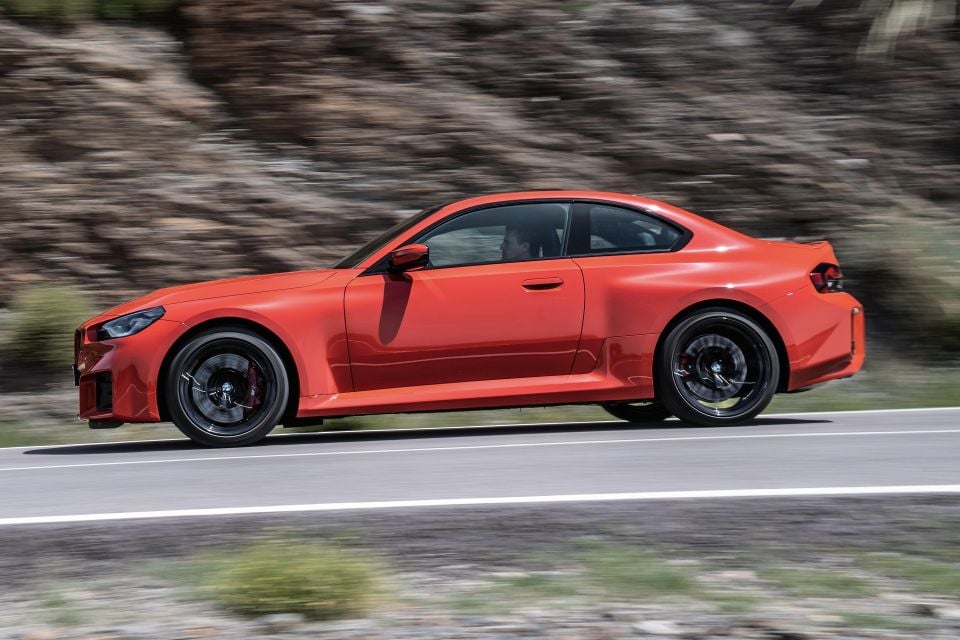
It’s not just the successor to the old M2 which found 60,000 buyers worldwide, but also plays the same role as the 2011 BMW 1 Series M Coupe, the iconic 2000 E46 BMW M3, and even the 1973 BMW 2002 turbo.
The new M2 iteration is 119mm longer than the old model at 4580mm, as well as 16mm wider and 11mm lower. But it’s still 214mm shorter than the M4, on a 110mm shorter wheelbase.
BMW has also widened the M2’s track widths to match those of the longer M4. All about that stance…
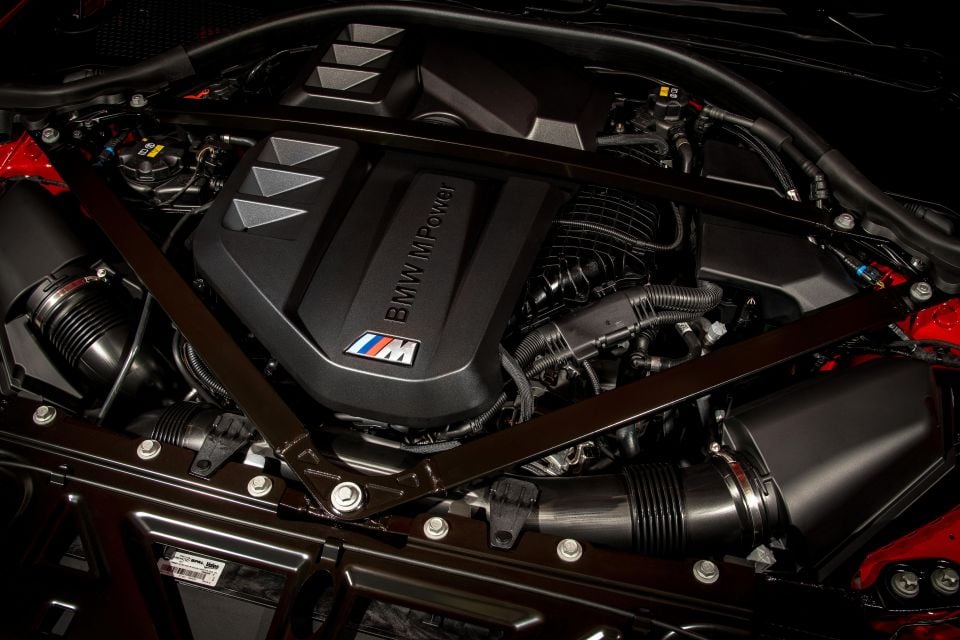
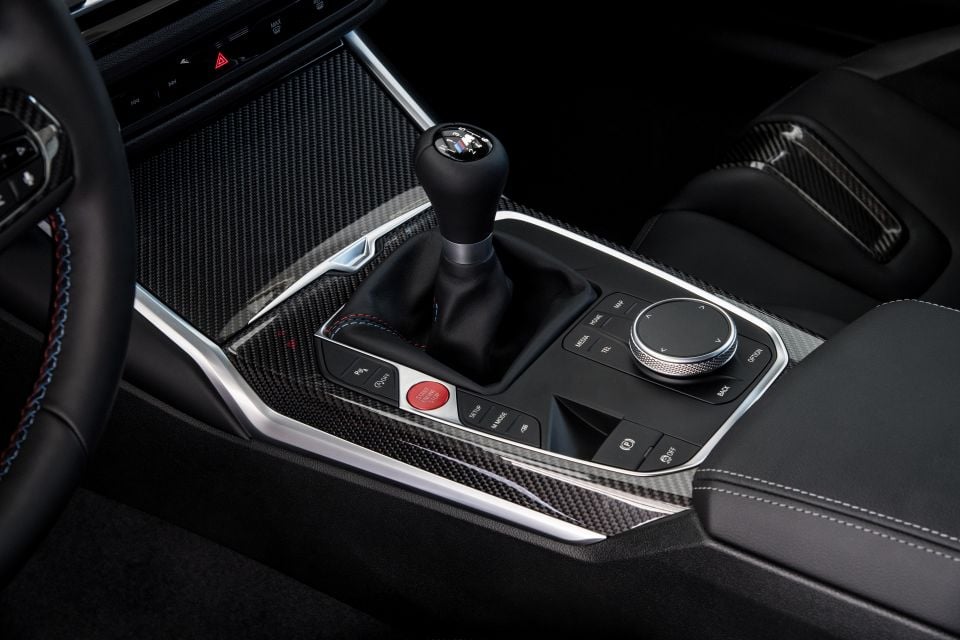
The 3.0-litre TwinPower turbo inline-six punches out 338kW of power and 550Nm peak torque from 2650rpm, while the engine revs to 7200rpm. The peak power is up 36kW on the old M2 Competition.
BMW claims the M2’s new engine “differs only in a small number of details from the engine employed in the BMW M3/BMW M4”, though the M4 Competition offers 375kW and 650Nm.
BMW M GmbH cites features such as a super-rigid crankcase, 3D-printed cylinder head cores, two mono-scroll turbos, high-precision injection with 350 bar pressure, variable valve-timing, and double VANOS variable cam timing.
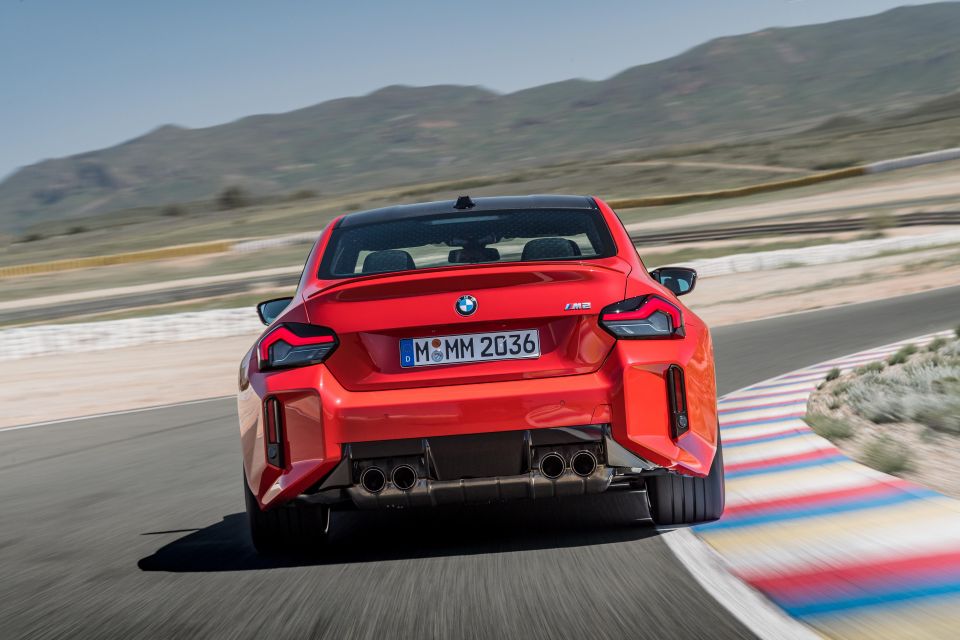
There’s an exhaust system with electrically actuated flaps and four tailpipes.
While the standard transmission is an eight-speed M Steptronic automatic with paddle shifters and shift characteristics linked to driving modes, there’s also a six-speed manual gearbox option – just as BMW promised.
The auto is a touch quicker: the 0-100km/h claim is just 4.1 seconds, versus 4.3sec for the manual. For some context the outgoing M2 Comp claimed 4.2sec. BMW says top speed is 250km/h with a limiter, but this can be raised to 285km/h with the M Driver’s Package.
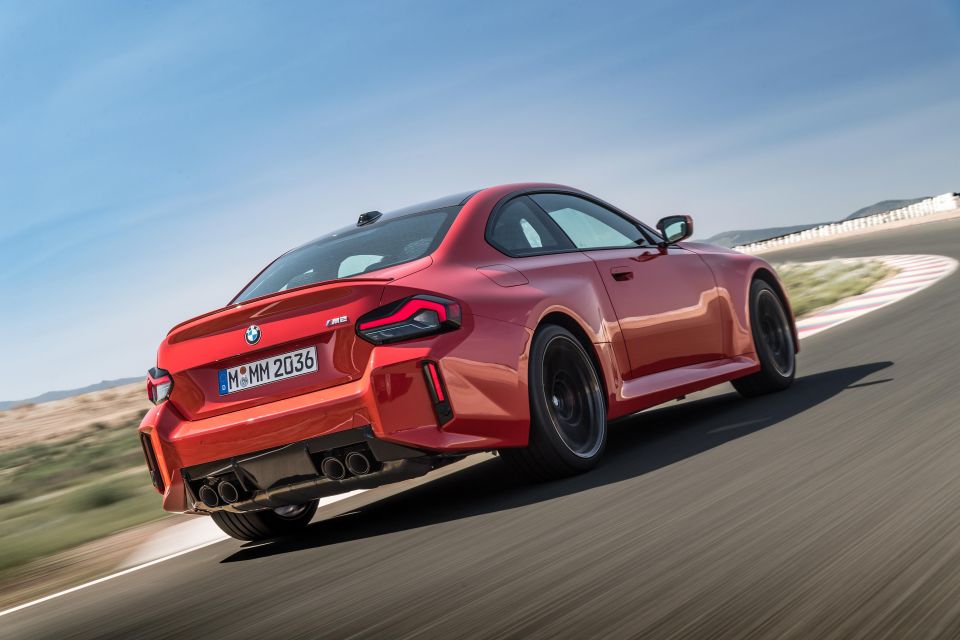
BMW has quite naturally stuck with rear-wheel drive, with an Active M Differential that can generate a locking effect of up to 100 per cent. It’s all networked with the stability control for maximum cohesion.
The Bavarian brand claims to have achieved the requisite 50:50 weight distribution, and to have fitted extra suspension linkages and bracing, an M-specific aluminium front axle subframe, plus more body stiffening and reinforcements.
The M Servotronic steering has a variable ratio and two levels of resistance based on Sport and Comfort modes, while the adaptive M suspension sports electronically controlled dampers with three stiffness settings.
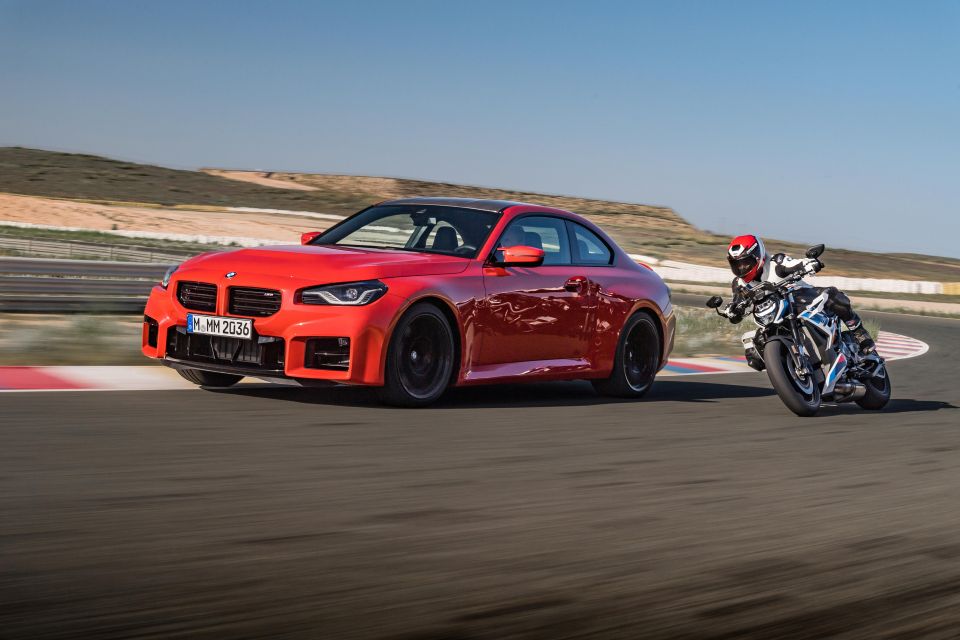
Stopping power comes from 380mm front rotors and 370mm rears, painted in blue metallic. They sit behind 19-inch front and 20-inch rear wheels, wearing 275/35 ZR19 front and 285/30 ZR20 rear tyres.
BMW has also made some tweaks to the M Dynamic Mode which allows extra wheel slip at the push of a button, by integrating it with the engine management and shortening the signal path.
Development of the new M2 is said to have comprised thousands of miles of testing while still at the prototype stage at BMW Group’s test centre in Miramas in southern France, the winter test centre in Sweden, and at the Nürburgring Nordschleife.

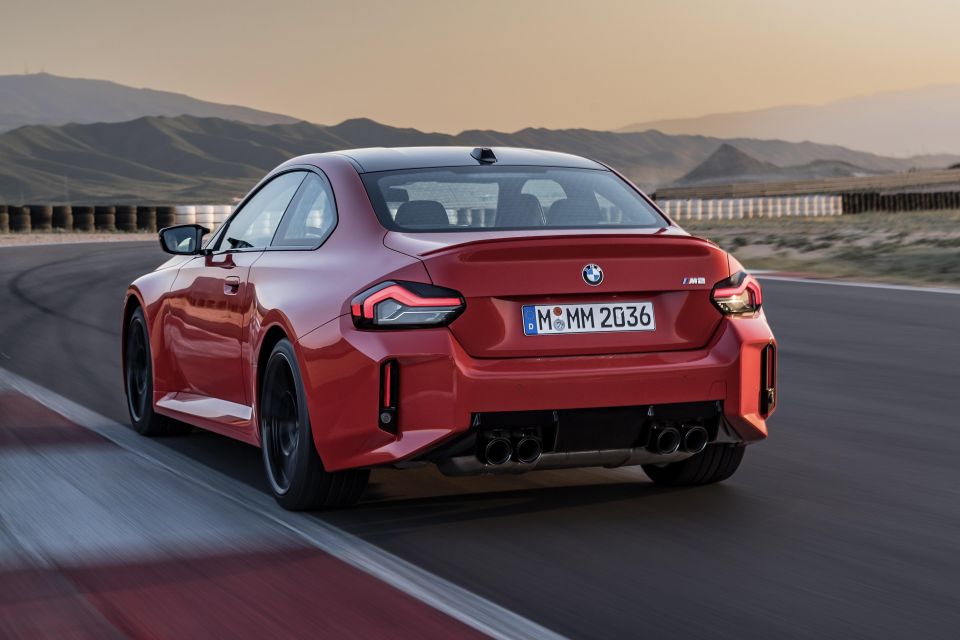
Design-wise, there’s a frameless horizontal take on the kidney grille, a three-section lower intake, headlight units with single circular LED lights, prominent skirts and lip spoiler, broad and muscular wheel arches, and the classic long-bonnet and cab-rearward silhouette.
The rear diffuser insert isn’t just about design, but also aero.
There are two solid and three metallic exterior paint choices called Alpine White, Sapphire Black, Brooklyn Grey, Toronto Red, and Zandvoort Blue.
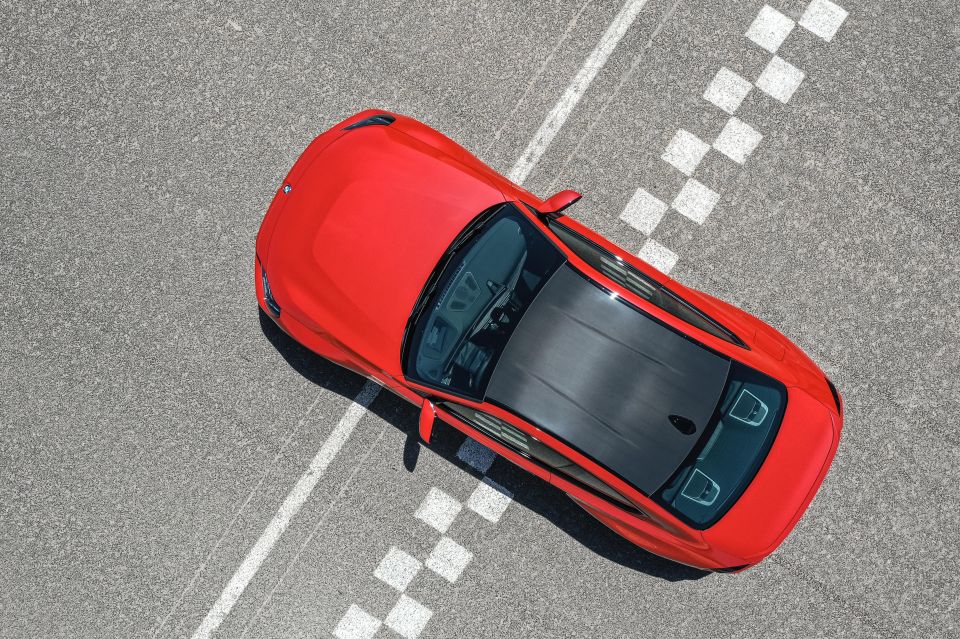
Available as an option is an M Carbon roof made of carbon-fibre reinforced plastic (CFRP), which BMW started developing for the i3 EV back in the day.
On the inside are M-specific readouts and controls (such as an M Drift Analyser and M Laptimer) on the new twin-screen (12.3-inch and 14.9-inch) BMW Curved Display running BMW’s Operating System 8 with cloud-based maps and voice assistant.
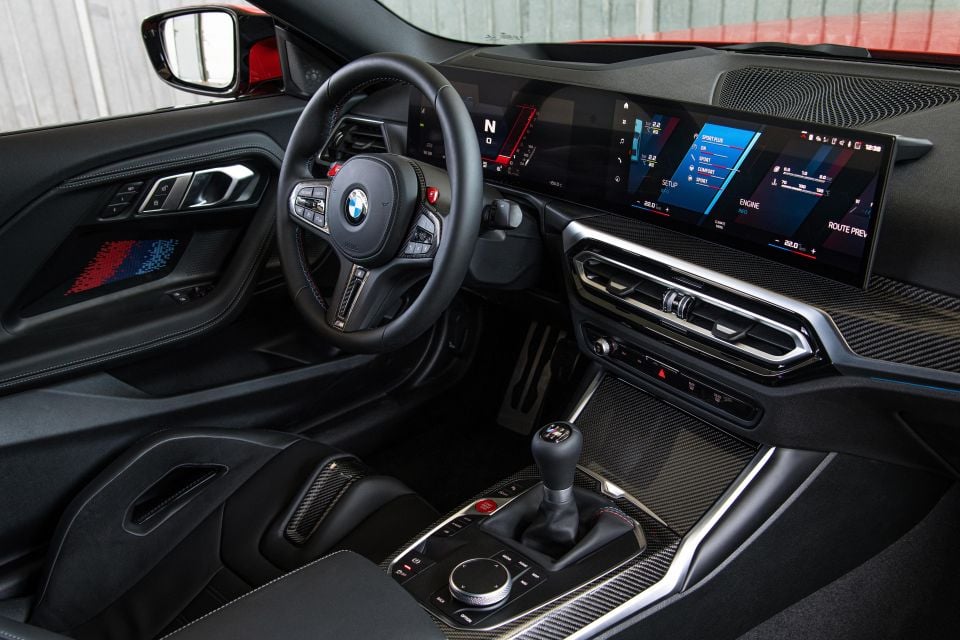
There’s also a Setup button in the centre console control panel giving direct access to settings options for the engine, chassis, steering, brakes, and ten-stage traction control. The M Mode button shortcuts you to the most hardcore drive modes, called Sport and Track.
Standard features include Sensatec and Alcantara bucket seats, but you can upgrade all the way up to lightweight M Carbon seats saving 10.8kg all up.
BMW also claims to have improved backseat space, with the rear seats folding 40:20:40. Boot space is a relatively generous 390L, the same as before.
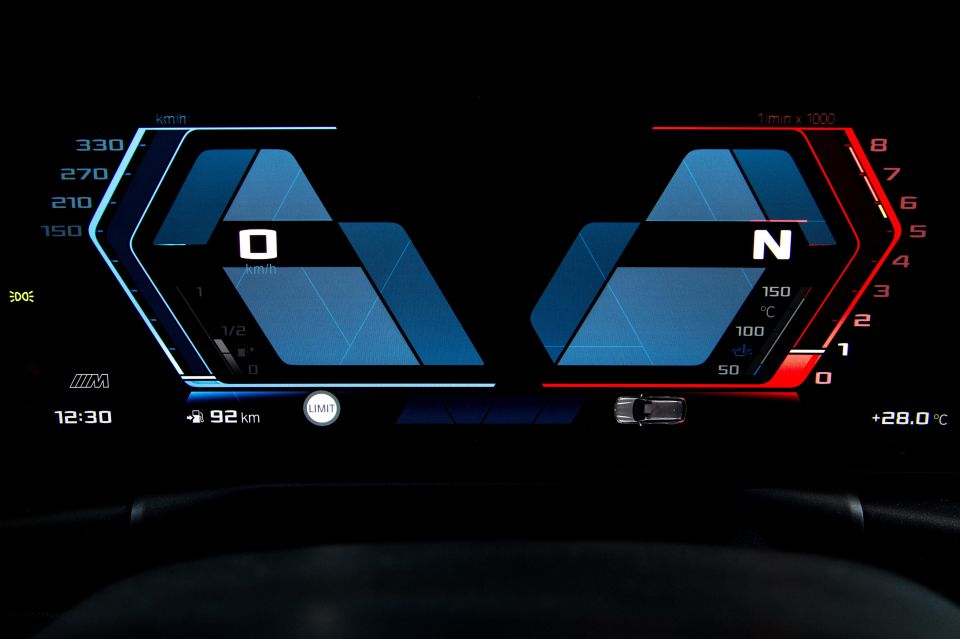

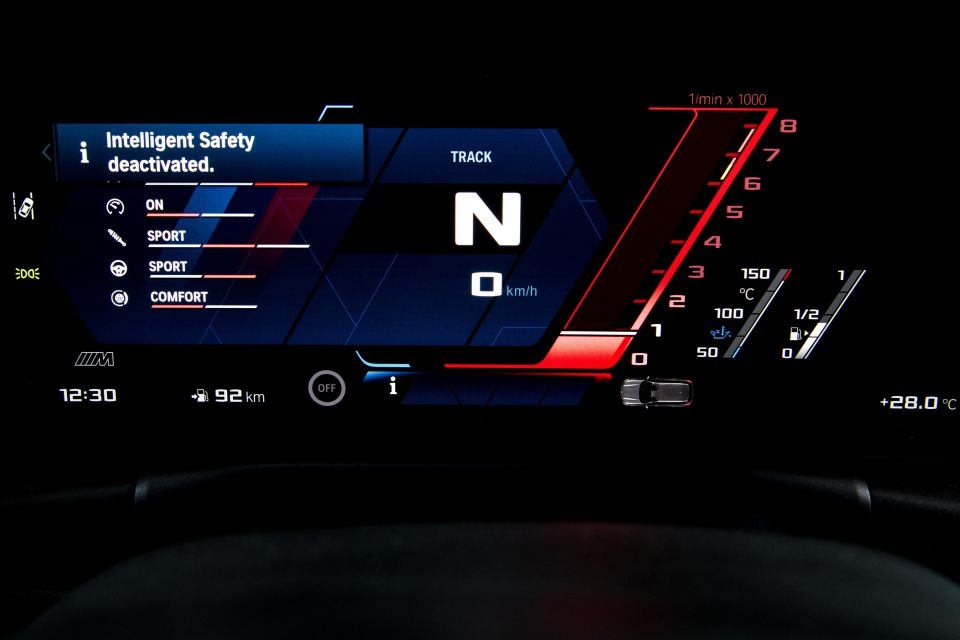
The new BMW M2 will be built for buyers in every world market alongside the 2 Series coupe at the BMW Group’s San Luis Potosí plant in Mexico.
The company says its most important sales markets will be Germany and the USA, followed by Great Britain, China and Japan. However, it’ll come to Australia in 2023 too, with precise timing to be confirmed shortly.
We will update the story once we have more local details.

2023 BMW M2 key details:
What do you think of the new BMW M2? Hit or miss? Tell us below…
Where expert car reviews meet expert car buying – CarExpert gives you trusted advice, personalised service and real savings on your next new car.


James Wong
3 Hours Ago


Damion Smy
11 Hours Ago
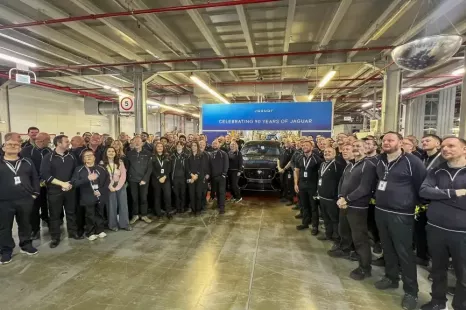

Damion Smy
15 Hours Ago
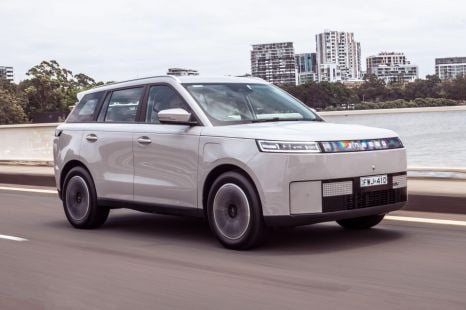

Josh Nevett
17 Hours Ago
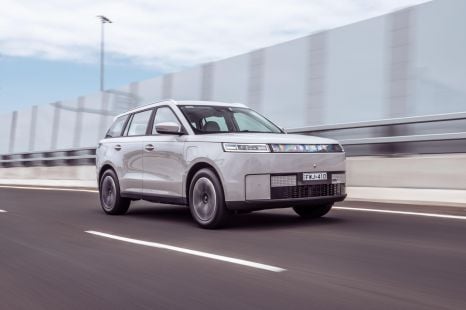

Josh Nevett
17 Hours Ago
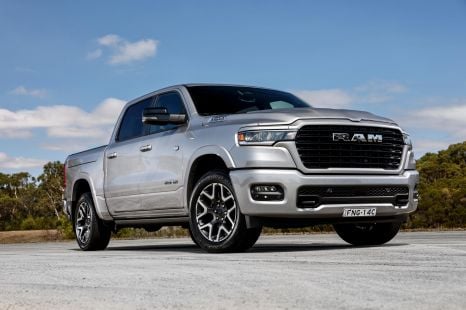

Damion Smy
17 Hours Ago